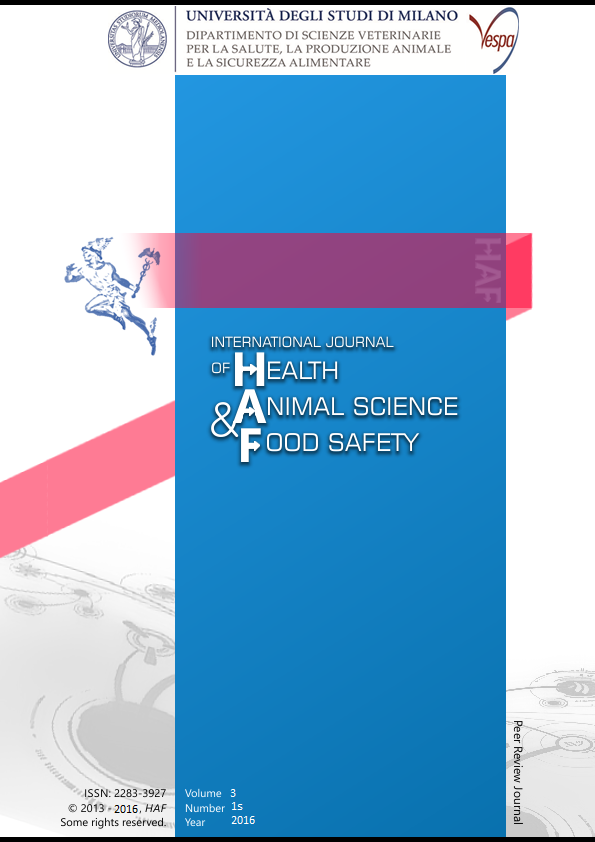Abstract
We have developed systems, e.g. C-Check, that can be used to rapidly select and quantify CRISPR/Cas9 nuclease activity and enrichment of genetically modified cells with desired mutations (Zhou et al., 2016). To facilitate the simultaneous manipulation of multiple genes in cells, we have developed a system that allows concordant delivery of up to 30 sgRNAs into one cell [Johan Vad-Nielsen et al., under review]. Targeted insertion, fluorescent tagging or correction of endogenous genes is of great interest but greatly hampered by the technical difficulties and relatively low homology directed repair efficiency compared to the higher efficiency of NHEJ. Thus, we have developed systems for rapid generation of gene targeting vectors (Luo et al., 2014), lentivirus-mediated gene targeting [Yujia Cai et al., Elife, in revision], and recombinant Cas9s to enhance HDR in mammalian cells. Furthermore, to recapitulate the pathogenesis of human diseases, we have developed pig models of breast cancer and diabetes using gene editing and SCNT, as well as human induced pluripotent stem cell models of MCADD.
Riferimenti bibliografici
Zhou Y, Liu Y, Hussmann D, Brøgger P, Al-Saaidi RA, Tan S, Lin L, Petersen TS, Zhou GQ, Bross P, Aagaard L, Klein T, Rønn SG, Pedersen HD, Bolund L, Nielsen AL, Sørensen CB, Luo Y. (2016). "Enhanced genome editing in mammalian cells with a modified dual-fluorescent surrogate system." Cell Mol Life Sci. [Epub ahead of print]
Luo Y, Lin L, Bolund L, Sørensen CB. (2014). "Efficient construction of rAAV-based gene targeting vectors by Golden Gate cloning." Biotechniques 56(5): 263-268.
This work is licensed under a CC BY-SA 4.0 international

